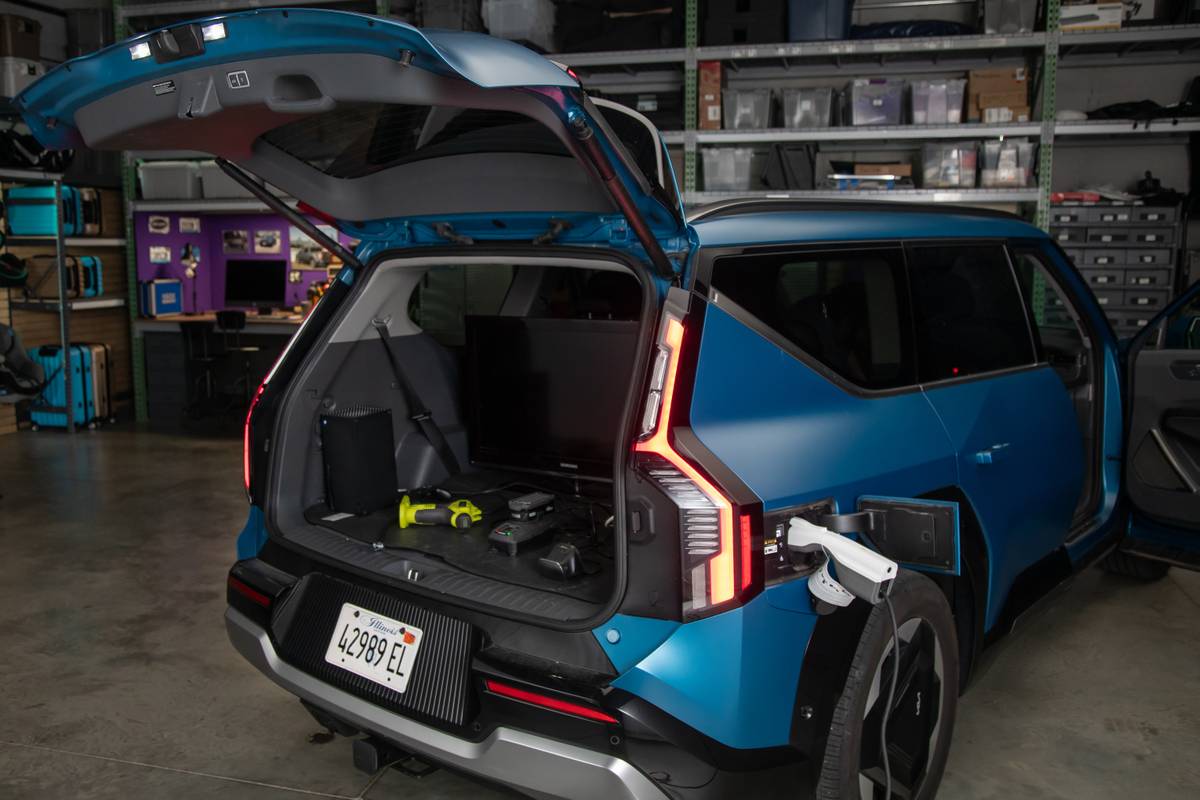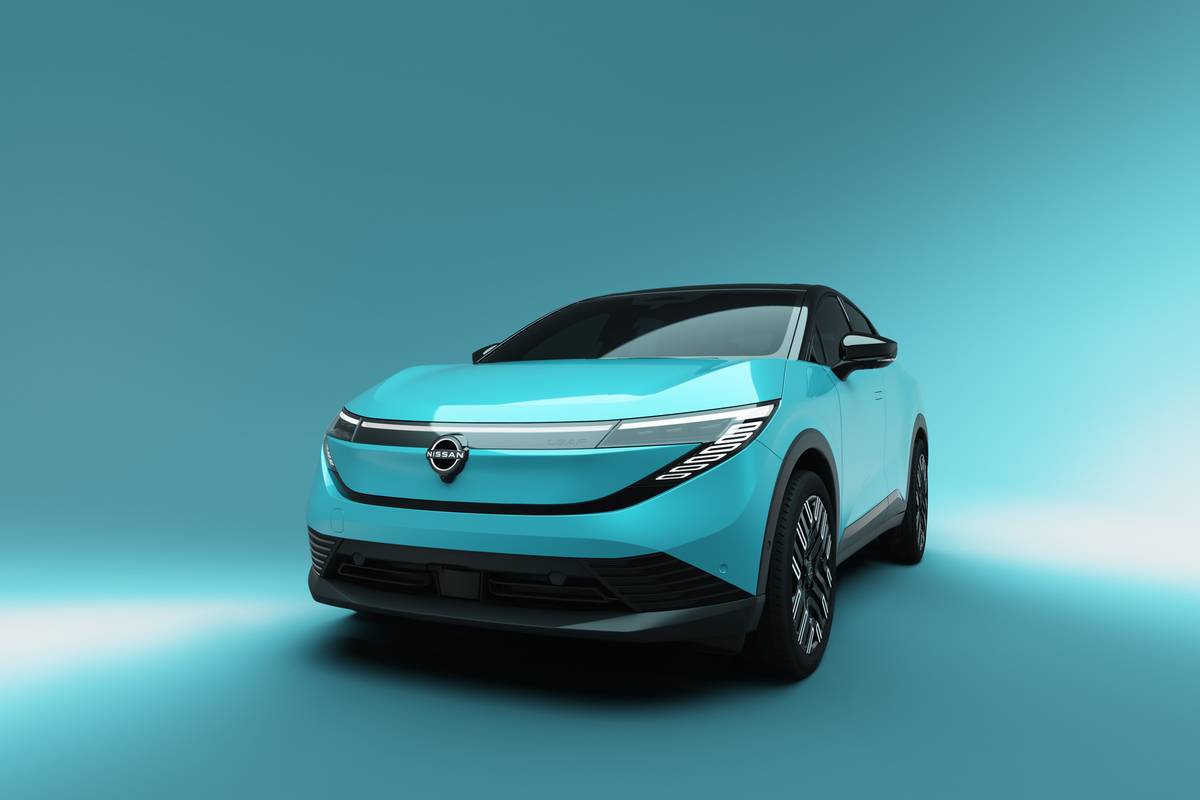Boston.com's view
There are cars that emerge, now and again, to catch the fancy of the motoring public with almost cult-like adoration.
Some are reborn and fly on the wings of nostalgia – like the Volkswagen New Beetle or the Mini Cooper.
Some stand on their brawny appearance and the perception of personality they may cast upon their owners – you cannot look at the Hummer H2 and wonder what drives the driver.
And yet others arrive, looking odd in a world of the sleek and the powerful, popular for their strange appearance or their subtle utility – the Honda Element and Subaru Baja come to mind.
Capturing elements of all three of these categories is the Chrysler PT Cruiser. It looks like a car Al Capone might have driven. It has a distinct appearance that, after its introduction in 2000, when I parked it among far sleeker, more expensive cars on chic Newbury Street, drew a crowd of admirers. And its large, adaptable interior give it some of the cargo capacities of a large SUV.
These days, with at least some resistance to SUVs percolating, with minivans poised to make a comeback from the uncool, and with economical utility a treasured trait, funky cars have their place.
The Mini Cooper is fun, frolicking, not a gas-guzzler, and a good buy in the $20,000 range.
The Honda Element, whose builder describes it as a dormitory room on wheels, is truly that. Barn-door entry, washable seats, a rubber floor that you could hose out, seats that fold into beds, and a flat floor that makes loading and unloading of people and packages very easy, give the car a personality and utility that is appealing across all gender and age demographics. It may have been designed for the frat boy who might need to clean up after himself after a hard trip, but it sure sells to the grandmother who likes the ease of unloading her flat of geraniums. And, like the Mini, it is not an expensive treat, priced from around $16,000-$22,000.
The H2, descendant of the Humvee that became popular in an earlier war on the deserts of the Mideast, gives its owners an aura of toughness, of adventure, of pioneering spirit. It sucks gas and dollars – $50,000 and up – yet is selling solidly.
And the Subaru Baja, one of my favorites, should have a cult following simply because it offers a grand array of possibility – the bed of a pickup truck, the room of a small SUV, the great bad-weather utility of that workhorse of New England, Subaru’s fine all-wheel-drive system.
In this mix we fit the fun and funk of the Chrysler PT Cruiser GT, a turbocharged little pocket rocket. This is a car that, at its introduction, could not be built fast enough to meet demand. It is a car that, as DaimlerChrysler sought to regain its bearings under German ownership, became a solid bestseller. And it is a car that is symbolic of the global DNA that is the auto industry today: built by a German company in a Mexican factory and, in the new turbo’s case, o utfitted with a Japanese engine from Mitsubishi.
The PT Cruiser, in original form, has been one of the most broadly accepted cars in decades. Young people like it, old people like it, men and women, with different reasons for its appeal, are drawn to it in like numbers.
Yet if it lacked one trait that would further broaden that appeal, particularly in horsepower hungry America, it was oomph. Cute, fun, utilitarian, but lacking in that one respect for those who want power to go with their image. The GT Turbo answers that last need.
Its 2.4-liter engine, with that turbo boost, delivers 215 horsepower. That’s a decent trace of ponies to pull a 11/2-ton car – 65 more, in fact, than in the normally aspirated Cruiser.
It adds a steady, surging dimension to a car that, while fun, can be plodding.
I like the base Cruiser as a local get-around-town car. Its interior is roomy, comfortable, and quiet. It is great for weekend shopping trips, hauling lumber for small home projects, getting four kids off to soccer practice.
Yet as a commuter, I found it under-powered on interstates where the speed limit is set in a state that can only be described as octane anarchy – that is, somewhere above the legal limit, yet a speed you need to travel lest you hold up the normal flow of traffic.
The Turbo keeps you smoothly in the flow. Coupled with a four-speed automatic transmission, with manual option, the Turbo Cruiser rolls smoothly in highway traffic. Its shifts are imperceptible, and its power is sure if subtle.
Unlike its 150-horsepower stable mate, the turbo version, loaded with passengers, does not lug on hills, downshifting quietly, surging powerfully up even the steepest of grades.
In highway lane shifts, it sits flat as a brick with an almost European-like stiffness to its suspension. That same suspension holds it tight as it carves sharp back road corners. If there is a handling fault to be found in linking so much horsepower to a front-wheel-drive system, it is the predictable gnat that is torque steer.
Hard cornering with heavy gas caused a sharp pull from the front wheels. Acceleration on sand-coated spring roads touched off torque steer and the traction control system.
This is not a critical fault, but one that any driver needs to pay attention to.
From the outside, the new Cruiser looks a bit more muscular, particularly up front where the grille has gotten bigger and has been lowered. Inside, little has changed though I do like the silver gauge faces with their stark black numbers. A woven-graphite look that surrounds the gauges and covers the glove box lid, gives the car a sporty feel.
As with most of its other competitors in the funky, odd world of cult-like cars, the Turbo Cruiser is not a hard hit on the wallet. Its base price is just over $22,000 and even with, as tested, $3,000 worth of add-ons, it still is cheaper than the average price of a car these days. The options on the test car included a ”Customer Preferred Package” with the AutoStick transmission, side air bags, a power moonroof, leather seats, 17-inch chrome-aluminum wheels, an upgraded sound system, and leather-wrapped steering wheel.
Standard safety features include front air bags, ABS, traction control, and sport-tuned suspension.
The spacious interior – great head room and leg room all around – is wonderfully adaptable, allowing a comfortable, 5-passenger car to be transformed into, essentially, a utility van. Its rear seats can be folded flat or removed entirely. Further, the front passenger seats fold flat, allowing virtually 80 percent of the interior to be converted into cargo space.
The PT Cruiser – half a million strong on the roads of the world (and diesel-powered in one European option) – will remain a solid, lovable car. Adding a turbo option only broadens its appeal and utility.
Nice touch: These are some g reat seats up front, powerfully bolstered along the thighs and up the torso, supportive beneath the knees.
Annoyance: Whose idea was it to put the rear window control buttons at foot level at the back of the center console. From experience, I can guarantee that children will accidentally kick them and open their windows.
Latest news



